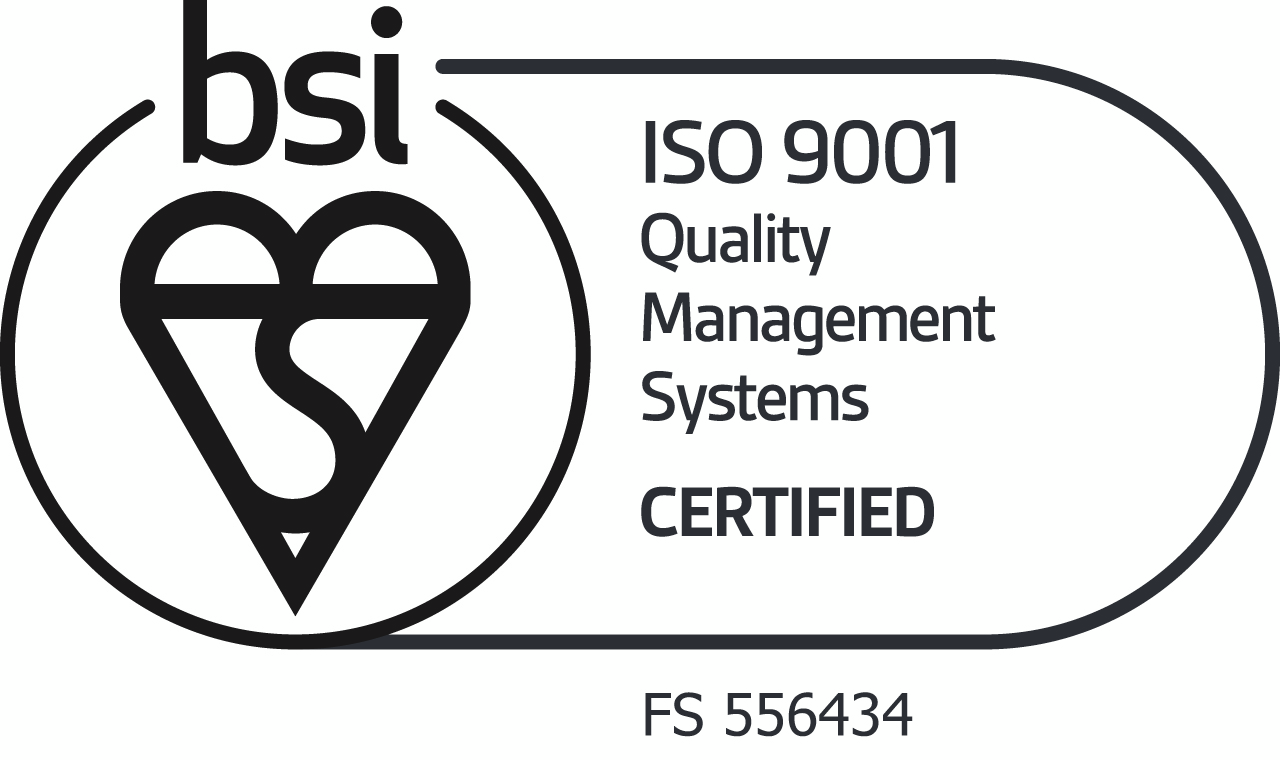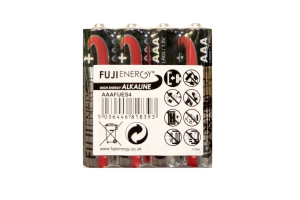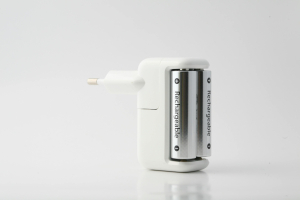
Understanding LiPo Batteries: A Comprehensive Guide
Introduction:
Lithium Polymer (LiPo) batteries have become a significant part of modern portable electronics. If you've used a smartphone or seen a drone in action, you've likely encountered a device powered by a LiPo battery. This guide aims to provide a comprehensive overview of LiPo batteries, exploring their characteristics, applications, and important considerations for use. Whether you're a tech enthusiast or simply curious about the technology behind your devices, this guide will offer valuable insights into LiPo batteries.
1. Understanding LiPo Batteries: The Basics
LiPo (Lithium Polymer) batteries are a type of rechargeable battery that uses lithium-ion technology with a polymer electrolyte. They are known for their high energy density, lightweight construction, and ability to be manufactured in various shapes and sizes. LiPo batteries consist of one or more cells, each with a nominal voltage of 3.7V.
2. Advantages of LiPo Batteries
- High energy density: More power in a smaller, lighter package
- Flexible form factor: Can be made in various shapes to fit different devices
- Low self-discharge rate: Retain charge well when not in use
- High discharge rates: Capable of delivering high current for power-hungry applications
- Lightweight: Ideal for portable devices and applications where weight is crucial
3. Common Applications of LiPo Batteries
- Smartphones and tablets
- Laptops and ultrabooks
- Drones and RC vehicles
- Portable gaming devices
- Wearable technology
- Electric bikes and scooters
- Portable audio devices
4. LiPo Battery Specifications: What Do They Mean?
- Capacity: Measured in milliamp-hours (mAh), indicating how much charge the battery can hold
- Voltage: Nominal voltage (3.7V per cell) and maximum voltage (4.2V per cell)
- Discharge rate (C-rating): Indicates the maximum safe discharge current
- Cell count: Number of cells in series (e.g., 2S, 3S, 4S)
- Dimensions and weight: Physical characteristics of the battery
5. Safety Considerations for LiPo Batteries
LiPo batteries require careful handling. Here are some important safety guidelines:
- Use only LiPo-specific chargers
- Avoid overcharging or over-discharging
- Protect batteries from physical damage or punctures
- Store in a fire-resistant container
- Monitor for swelling or deformation
- Never leave charging batteries unattended
6. Charging and Discharging LiPo Batteries
Charging:
- Use a balance charger to ensure even charging across all cells
- Charge at 1C or lower for optimal battery life
- Never exceed the maximum charge voltage of 4.2V per cell
Discharging:
- Avoid discharging below 3.0V per cell
- Use the appropriate C-rating for your application
- Monitor battery temperature during high-drain activities
7. Storing LiPo Batteries Properly
- Store at room temperature in a cool, dry place
- Charge or discharge to about 50% capacity for long-term storage
- Use a fire-resistant LiPo safe bag or metal container
- Check stored batteries periodically for swelling or damage
8. Maximizing LiPo Battery Lifespan
- Avoid full discharges; recharge when the battery reaches 20-30% capacity
- Don't leave batteries fully charged for extended periods
- Store at proper temperature and charge level when not in use
- Use the correct charger and follow manufacturer guidelines
- Avoid exposing batteries to extreme temperatures
9. Common LiPo Battery Issues
Users may encounter these issues with LiPo batteries:
- Swelling: A sign to discontinue use and dispose of properly
- Reduced capacity: Normal with age, but proper care can minimize this
- Balancing issues: Regular use of a balance charger can help
- Voltage sag: May indicate the battery is nearing the end of its life
- Charging problems: Often related to using incorrect chargers or connections
10. Developments in LiPo Battery Technology
Research in LiPo technology is ongoing. Some areas of focus include:
- Increasing energy density
- Enhancing safety features
- Developing faster charging capabilities
- Improving longevity and cycle life
- Integrating smart battery management systems
Conclusion:
LiPo batteries play a crucial role in many portable electronic devices, offering a combination of power and lightweight design. Understanding the key aspects of LiPo battery technology can help users make informed decisions about the devices they use and how to maintain them properly. As with any technology, it's important to follow manufacturer guidelines and safety procedures when using devices powered by LiPo batteries.
Explore our range of UltraMax LiFePO4 Batteries!













